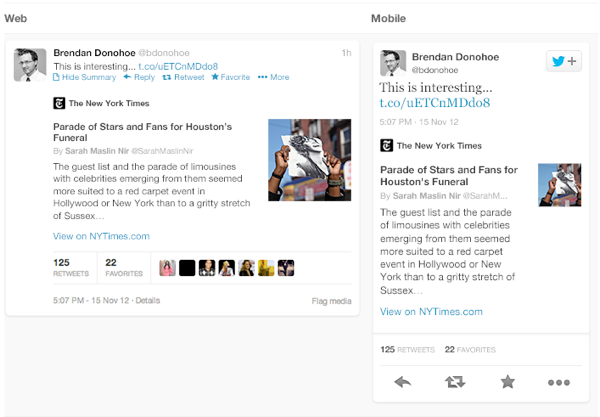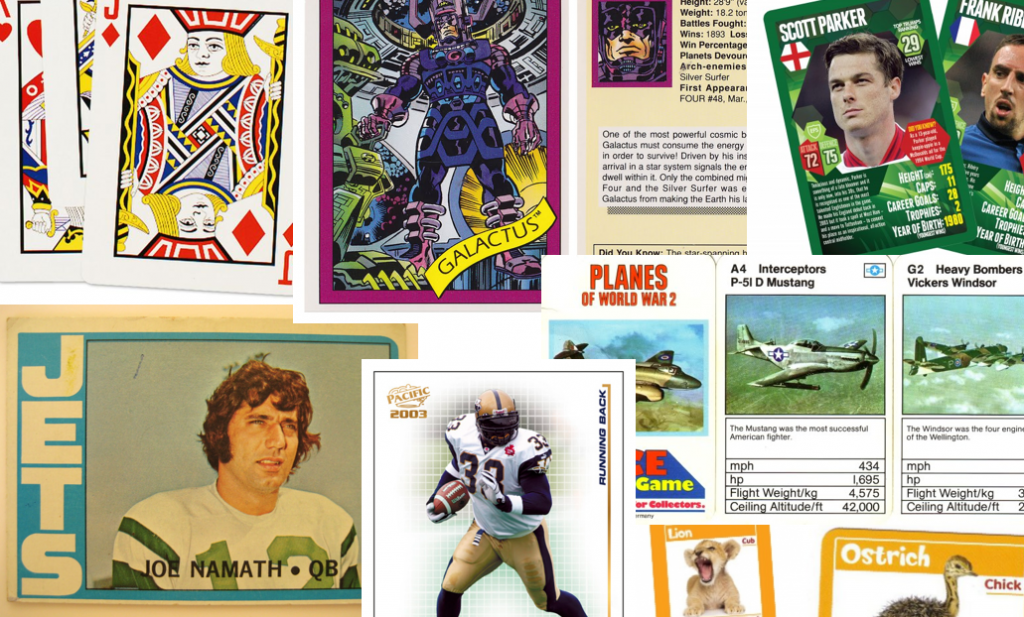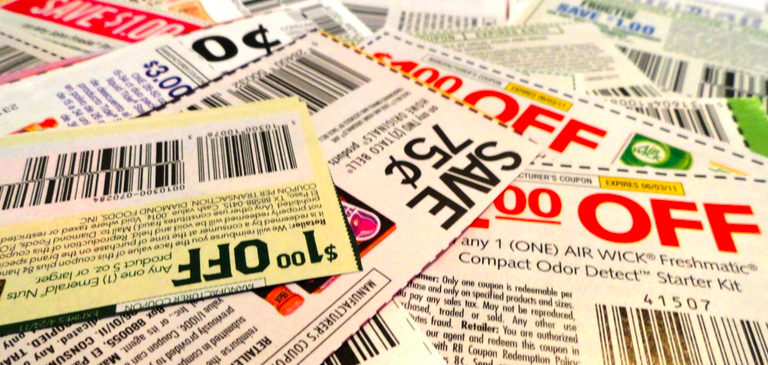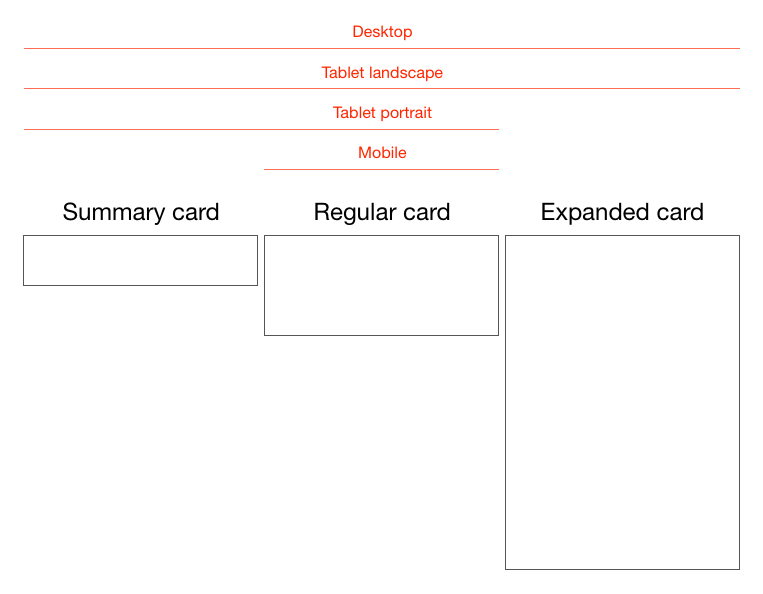Via INSIDE Intercom
-----
Cards are fast becoming the best design pattern for mobile devices.
We are currently witnessing a re-architecture of the web, away from
pages and destinations, towards completely personalised experiences
built on an aggregation of many individual pieces of content. Content
being broken down into individual components and re-aggregated is the
result of the rise of mobile technologies, billions of screens of all
shapes and sizes, and unprecedented access to data from all kinds of
sources through APIs and SDKs. This is driving the web away from many
pages of content linked together, towards individual pieces of content
aggregated together into one experience.
The aggregation depends on:
- The person consuming the content and their interests, preferences, behaviour.
- Their location and environmental context.
- Their friends’ interests, preferences and behaviour.
- The targeting advertising eco-system.
If the predominant medium of our time is set to be the portable
screen (think phones and tablets), then the predominant design pattern
is set to be cards. The signs are already here…
Twitter is moving to cards
Twitter recently launched Cards,
a way to attached multimedia inline with tweets. Now the NYT should
care more about how their story appears on the Twitter card (right hand
in image above) than on their own web properties, because the likelihood
is that the content will be seen more often in card format.
Google is moving to cards
With Google Now,
Google is rethinking information distribution, away from search, to
personalised information pushed to mobile devices. Their design pattern
for this is cards.
Everyone is moving to cards
Pinterest (above left) is built around cards. The new Discover feature on Spotify
(above right) is built around cards. Much of Facebook now represents
cards. Many parts of iOS7 are now card based, for example the app
switcher and Airdrop.
The list goes on. The most exciting thing is that despite these many
early card based designs, I think we’re only getting started. Cards are
an incredible design pattern, and they have been around for a long time.
Cards give bursts of information
Cards as an information dissemination medium have been around for a
very long time. Imperial China used them in the 9th century for
games. Trade cards in 17th century London helped people find businesses.
In 18th century Europe footmen of aristocrats used cards to introduce
the impending arrival of the distinguished guest. For hundreds of years
people have handed around business cards.
We send birthday cards, greeting cards. My wallet is full of debit
cards, credit cards, my driving licence card. During my childhood, I was
surrounded by games with cards. Top Trumps, Pokemon, Panini sticker
albums and swapsies. Monopoly, Cluedo, Trivial Pursuit. Before computer
technology, air traffic controllers used cards to manage the planes in
the sky. Some still do.
Cards are a great medium for communicating quick stories. Indeed the
great (and terrible) films of our time are all storyboarded using a card
like format. Each card representing a scene. Card, Card, Card. Telling
the story. Think about flipping through printed photos, each photo
telling it’s own little tale. When we travelled we sent back postcards.
What about commerce? Cards are the predominant pattern for coupons.
Remember cutting out the corner of the breakfast cereal box? Or being
handed coupon cards as you walk through a shopping mall? Circulars, sent
out to hundreds of millions of people every week are a full page
aggregation of many individual cards. People cut them out and stick them
to their fridge for later.
Cards can be manipulated.
In addition to their reputable past as an information medium, the
most important thing about cards is that they are almost infinitely
manipulatable. See the simple example above from Samuel Couto
Think about cards in the physical world. They can be turned over to
reveal more, folded for a summary and expanded for more details, stacked
to save space, sorted, grouped, and spread out to survey more than one.
When designing for screens, we can take advantage of all these
things. In addition, we can take advantage of animation and movement. We
can hint at what is on the reverse, or that the card can be folded out.
We can embed multimedia content, photos, videos, music. There are so
many new things to invent here.
Cards are perfect for mobile devices and varying screen sizes.
Remember, mobile devices are the heart and soul of the future of your
business, no matter who you are and what you do. On mobile devices,
cards can be stacked vertically, like an activity stream on a phone.
They can be stacked horizontally, adding a column as a tablet is turned
90 degrees. They can be a fixed or variable height.
Cards are the new creative canvas
It’s already clear that product and interaction designers will
heavily use cards. I think the same is true for marketers and creatives
in advertising. As social media continues to rise, and continues to
fragment into many services, taking up more and more of our time,
marketing dollars will inevitably follow. The consistent thread through
these services, the predominant canvas for creativity, will be card
based. Content consumption on Facebook, Twitter, Pinterest, Instagram,
Line, you name it, is all built on the card design metaphor.
I think there is no getting away from it. Cards are the next big
thing in design and the creative arts. To me that’s incredibly exciting.








